The Caro-Kann Defence begins with 1.e4 c6 and is known for its solid structure and counterattacking potential. But even this “quiet” opening hides a few deadly tactical surprises.
Caro Kann traps are one of the most common traps chess players have fallen into in their chess careers.
It’s so easy to fall into Caro Kann traps that even Grandmasters such as Alexei Shirov have fallen into traps in the Caro Kann lines.
We will examine some of the most classic and common Caro-Kann traps in this article.
Quick look at the Caro-Kann Opening?
Perhaps the fact that it was the favourite of former World Champion, Anatoly Karpov, speaks volumes to the prestige the opening holds.
The Caro-Kann is the fourth most common reply to e4.
The typical Caro-Kann set-up goes:
- e4 c6
Variations
The Caro-Kann, being a solid weapon, leads to different setups depending on what black prefers. Either way, some of the more mainline variations include:
- Classical Variation with 3. Nc3
- Advance Variation
- Exchange Variation
- Panov-Botvinik Variation
- Fantasy Variation
For any Caro-Kann player, learning the basics of the opening will prevent you from losing out in the opening.
Trap #1 in the Caro-Kann Defence: The Bohemian Attack Trap
The Bohemian Attack is an uncommon sideline in the Caro-Kann Defence that catches many players off guard.
It starts quietly with 2.Ne2, a move that looks harmless. However, it cloaks a brutal tactical sting. If Black follows standard Caro-Kann principles too mechanically, one “natural” pawn break can lead to immediate disaster.
Moves Leading into the Trap
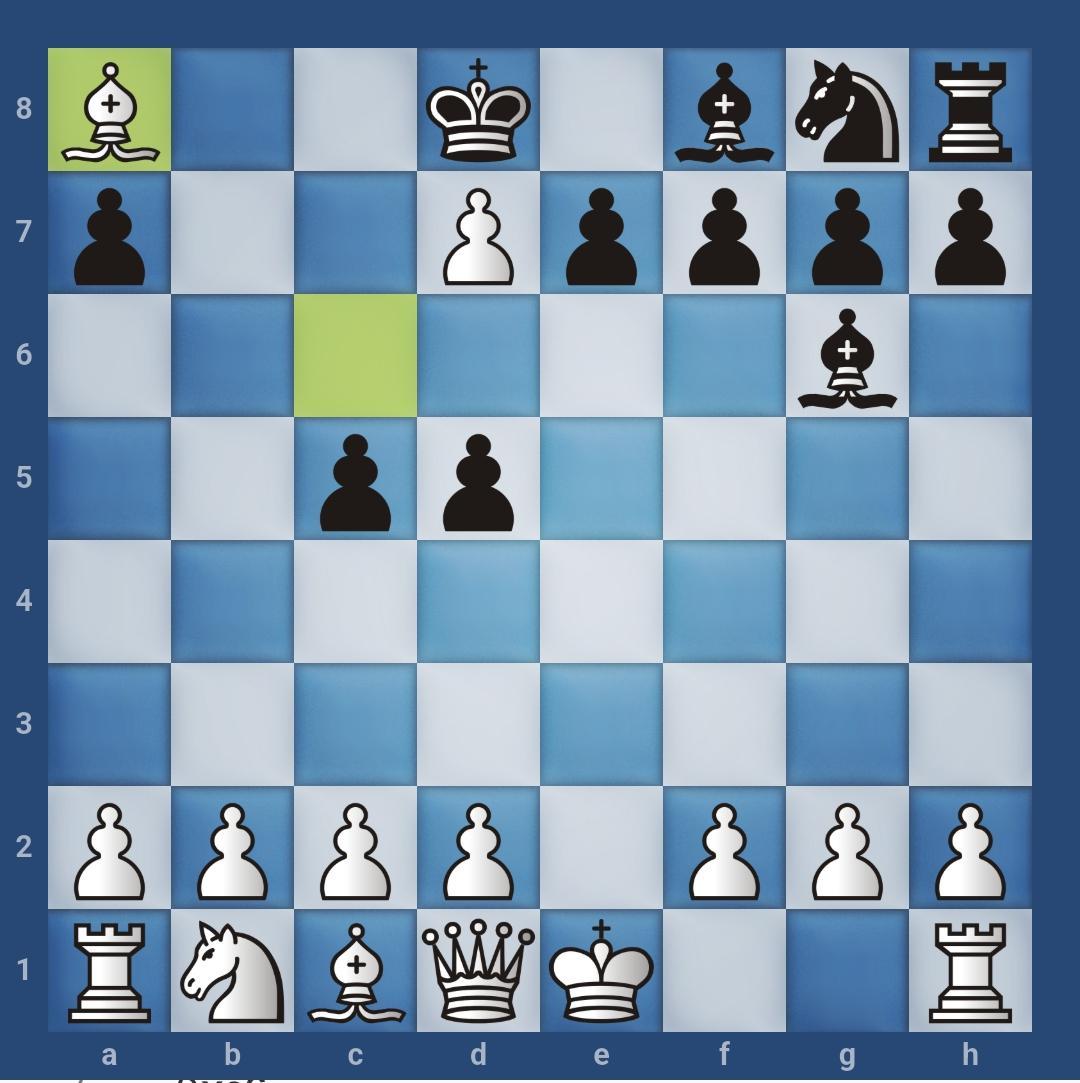
After just ten quick moves, White wins the a8-rook and emerges with a clear and winning advantage.
Why the Trap Works
- Premature counterplay: Black’s …c5 is a normal Caro-Kann idea, but after e6, the shortcomings are exposed, fatally opening key diagonals.
- Forcing tactical sequence: The check Bb5+! induces an awkward defense with …Nc6, which then allows Nxc6, Bxc6+, and exd7+, exposing the king.
- Loose coordination: With the king on d8 and the queenside in disarray, the a8-rook is left en prise and White wins it easily.
Trap #2 in the Caro-Kann Defence: Qh5 Attack in the Two Knights Variation
In the Two Knights Attack, many Caro-Kann players carelessly develop their bishop to f5 and then retreat it all the way to h7, walking straight into one of the most brutal miniature traps seen in the opening.
Moves Leading into the Trap
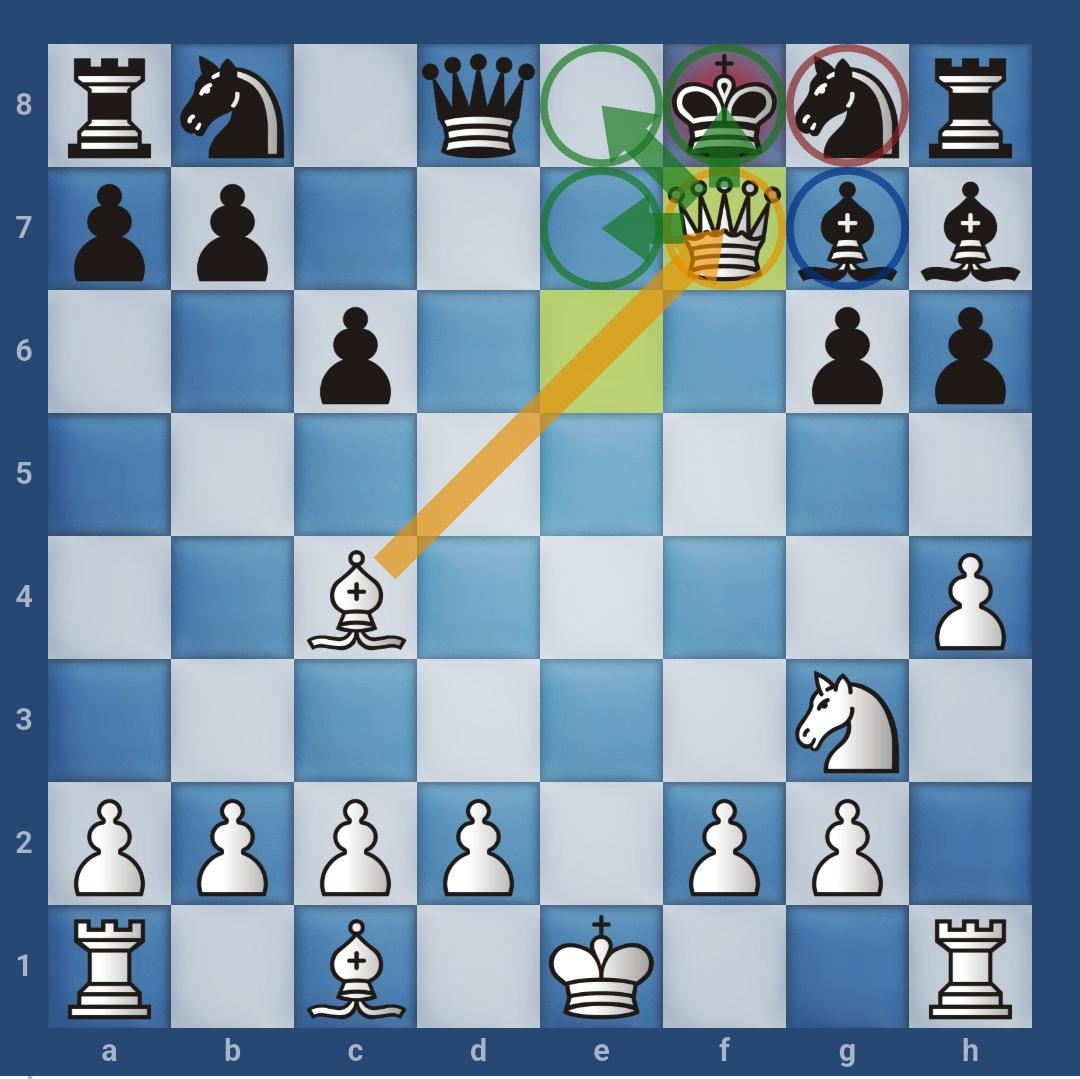
Why It Works
- Weakening f7: Black’s natural-looking but superficially thought-out bishop retreat to h7 leaves the f7-square dangerously exposed, creating instant mating threats.
- Tempos and coordination: Every White move (Qh5, Bc4, and Qe2) comes with a threat, forcing Black’s pieces into passive defence.
- Unprepared defensive collapse: Even logical-looking replies for black (…e6, …Bg7, or …Nf6) all fail to tactical blows, leading to a forced mating attack.
Trap #3 in the Caro-Kann Defence: The Breyer Trap
The Breyer Trap and its several variations are one of the most famous and devastating mini-traps in the Caro-Kann Defence. It appears harmless at first: the typical quiet development, with a solid pawn structure, until one careless move from Black leads to immediate disaster.
Over 100,000 players have fallen for this trap, demonstrating its effectiveness in actual games.
Moves Leading into the Trap
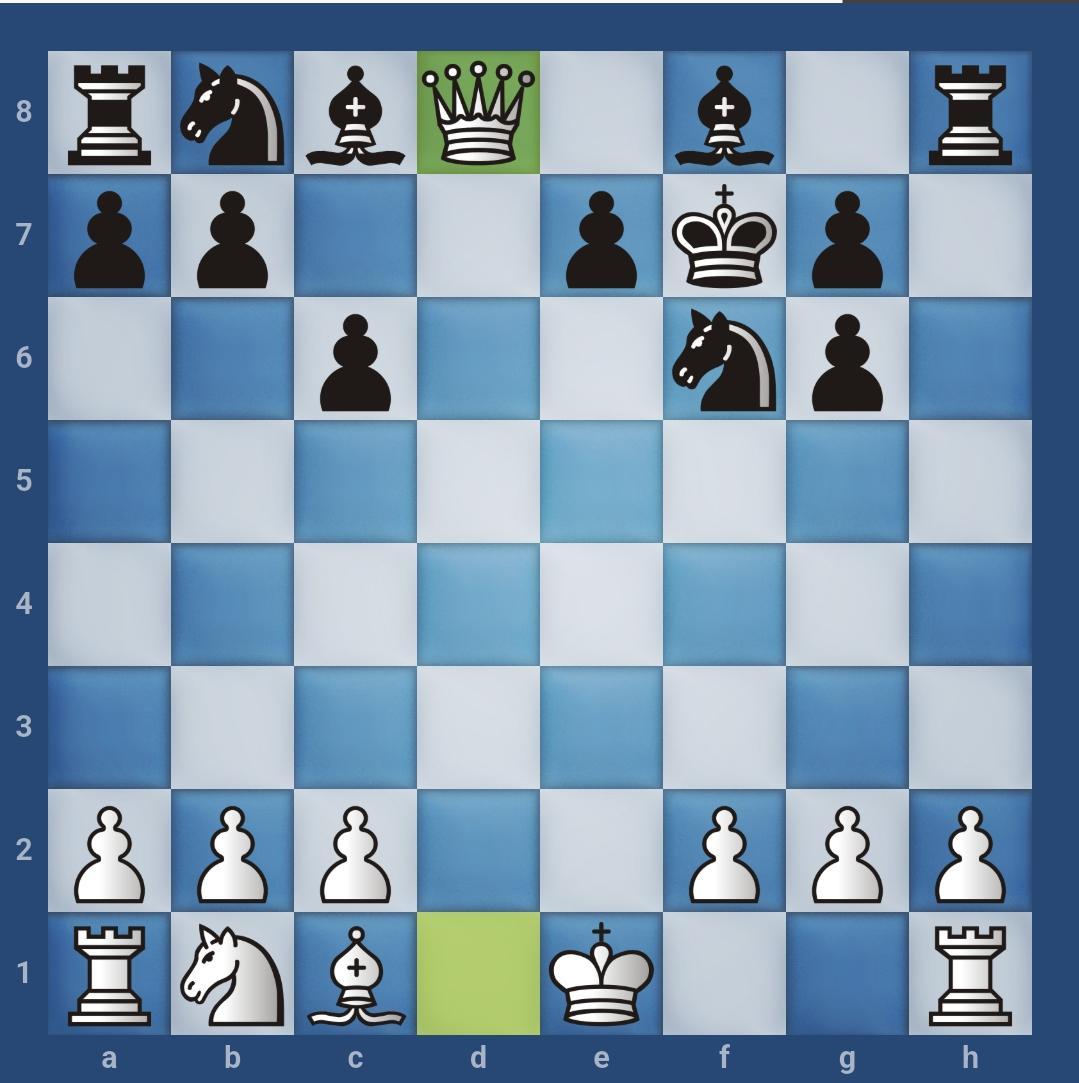
Why It Works
- Weak f7-square: The move …Nf6?? ignores White’s potential attack possibilities, leaving f7 fatally exposed.
- Forced king displacement: After Nxf7! and Bg6+!, the black king is dragged into the open and stripped bare of its protection.
- Hidden tactical motif: The quiet setup disguises the tactical blow. Many players don’t realise the d8-queen is undefended until it’s gone.
How to Avoid Falling into Caro-Kann Traps
Even solid openings like the Caro-Kann hide nasty tactical surprises. To stay safe while keeping your position sound, keep these key principles in mind and avoid the common blunders in chess:
- Don’t rush typical moves: Ideas like …c5, …Bf5, or …Nf6 are Caro-Kann standard moves, but the timing is crucial. Play them only when the centre is secure and your opponent has no direct threats.
- Check for forcing moves before developing: In many Caro-Kann traps, simple checks to the king like Bb5+, Qh5, or Bg6+ immediately punish natural development. Always look one or two moves ahead to ensure your move doesn’t allow a forcing tactic.
- Respect and Protect the f7 weakness: The f7-square is a classic target in 1.e4 openings. Avoid casual moves that leave it undefended, especially when your king is still in the centre.
- Stick to known lines when learning: Until you’re confident with the depth of Caro-Kann theory, play established variations (like the Classical or Advance Caro-Kann). These are less likely to contain surprise traps.
- Develop before counterattacking: Early pawn thrusts or piece chases (like …c5 or …h6) can backfire if you’re behind in development. Get your pieces out first — counterplay comes later.
Conclusion
From the Bohemian Attack to the Two Knights Trap and the Breyer Trap, the traps we have explored show that even solid setups, such as the Caro-Kann, can conceal sharp tactical twists.
Getting yourself familiar with these traps will help turn potential pitfalls into powerful weapons against your opponent.
So, whether you play the Caro-Kann as White or Black, it is essential to understand the underlying ideas behind each move. Never assume safety simply because the opening is “positional.”
You can also make use of engines to further your analysis.
With sound calculation and careful move-ordering, you’ll avoid traps and maybe even set a few in your opponent’s way.



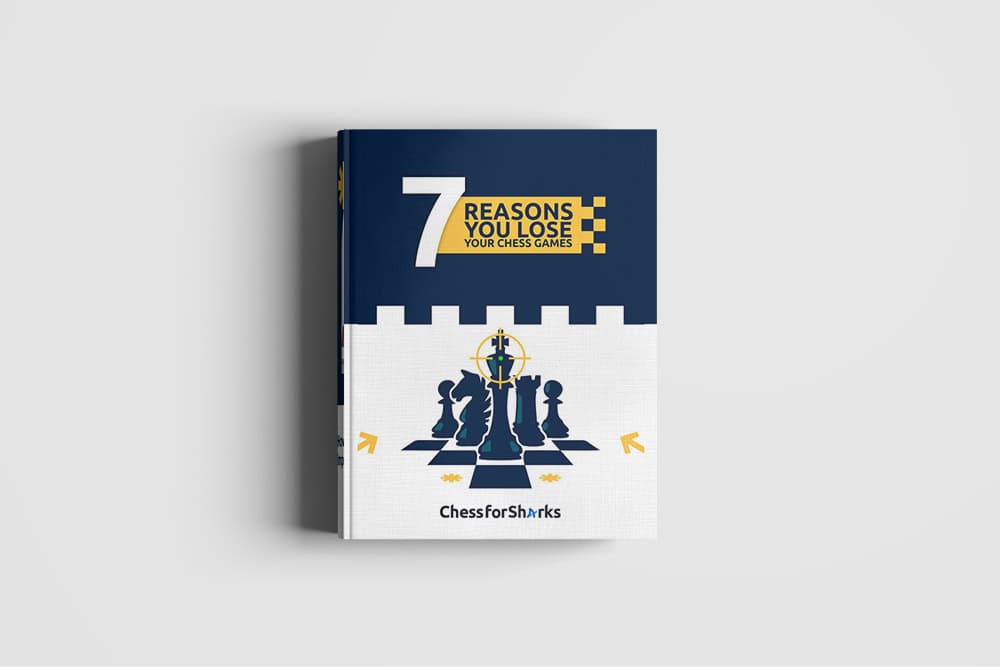


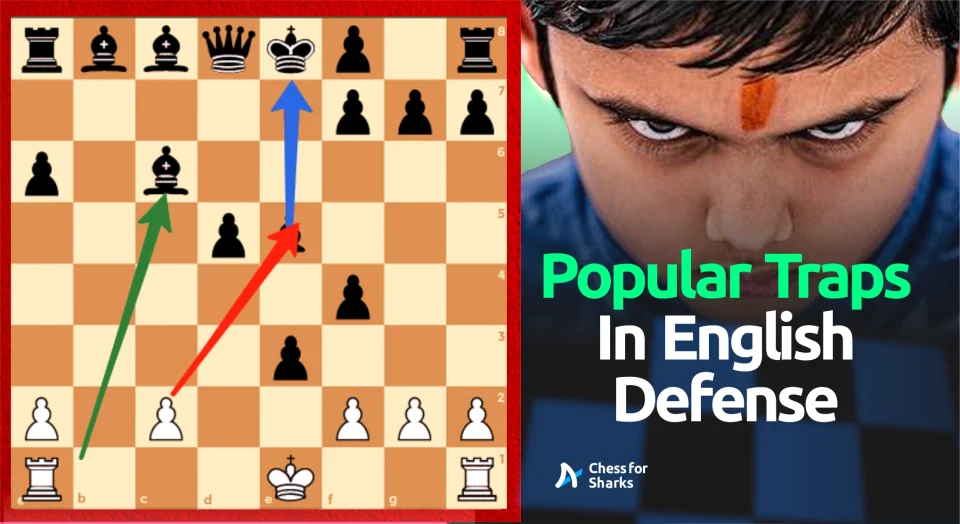
join the conversation